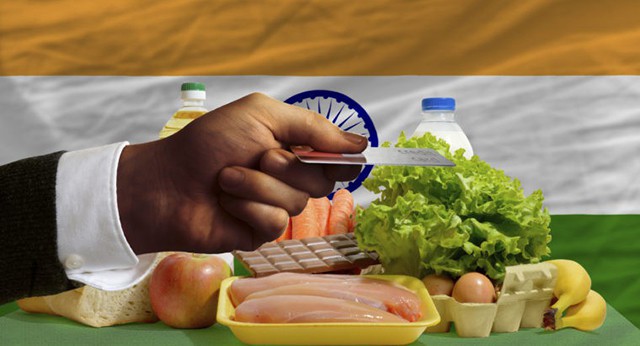Inflation in India set to increase
India’s ‘Consumer Price Index’, due to be released soon, is likely to confirm that May has seen the highest rate of inflation since September 2014. The provisional index of 5.76 marks has been predicted. Additionally, the food price index-based inflation rate rose from 6.40 per cent to 7.55 per cent during May.

Why is inflation increasing?
The causes of India’s inflation can be attributed to multiple factors.
Firstly, surging food product prices, such as pulses and sugar. The sudden rise in prices for food in April may be due to scorching heat, although, good monsoon in the next three months could bring down prices, albeit only in the short term.
The monsoon delivers 70 per cent of India’s annual rainfall, and is critical for the country’s 263 million farmers and crops like rice, cane, corn and cotton because nearly half of its farmland lacks irrigation. It is thus not surprising that in this year’s budget the Indian Government announced measures to help boost the sagging rural demand through provisions like the £2 billion irrigation fund.
Secondly, rise in crude oil prices. After touching a 12-year low in January, crude oil prices have increased by more than 80 per cent, hitting the $50 per barrel mark for the first time in seven months last Thursday.
Interest rates
The Reserve Bank of India, which has predicted inflation to hit five per cent by March 2017, has been looking to reduce interest rates in the nation. However, there has now concerns about the upward pressure on food and commodity prices, said Governor Raghuram Rajan after a review meeting on Tuesday.
Consequently, Rajan has chosen to keep interest rates on hold this month, following five rate cuts since January 2015. He said: “The inflation surprise in the April reading makes the future trajectory of inflation somewhat more uncertain.” While gross domestic product accelerated to 7.6 per cent last year, private investment is weak and exports continue to fall.
The increase in inflation could dampen hopes of an interest rate cut until the next monetary policy review in August.
Despite the Indian economy growing by 7.9 per cent in this last quarter of FY 15 -16 – outpacing China’s 6.7 per cent growth – without an increase in wages and salaries, the ordinary person will be hit hard by the rise in inflation. Equally, worrying is the implications of inflation on the macro economy.
If high inflation continues it could potentially push up interest rates, increase borrowing costs for businesses, and lower demand which will damage growth revenues.



